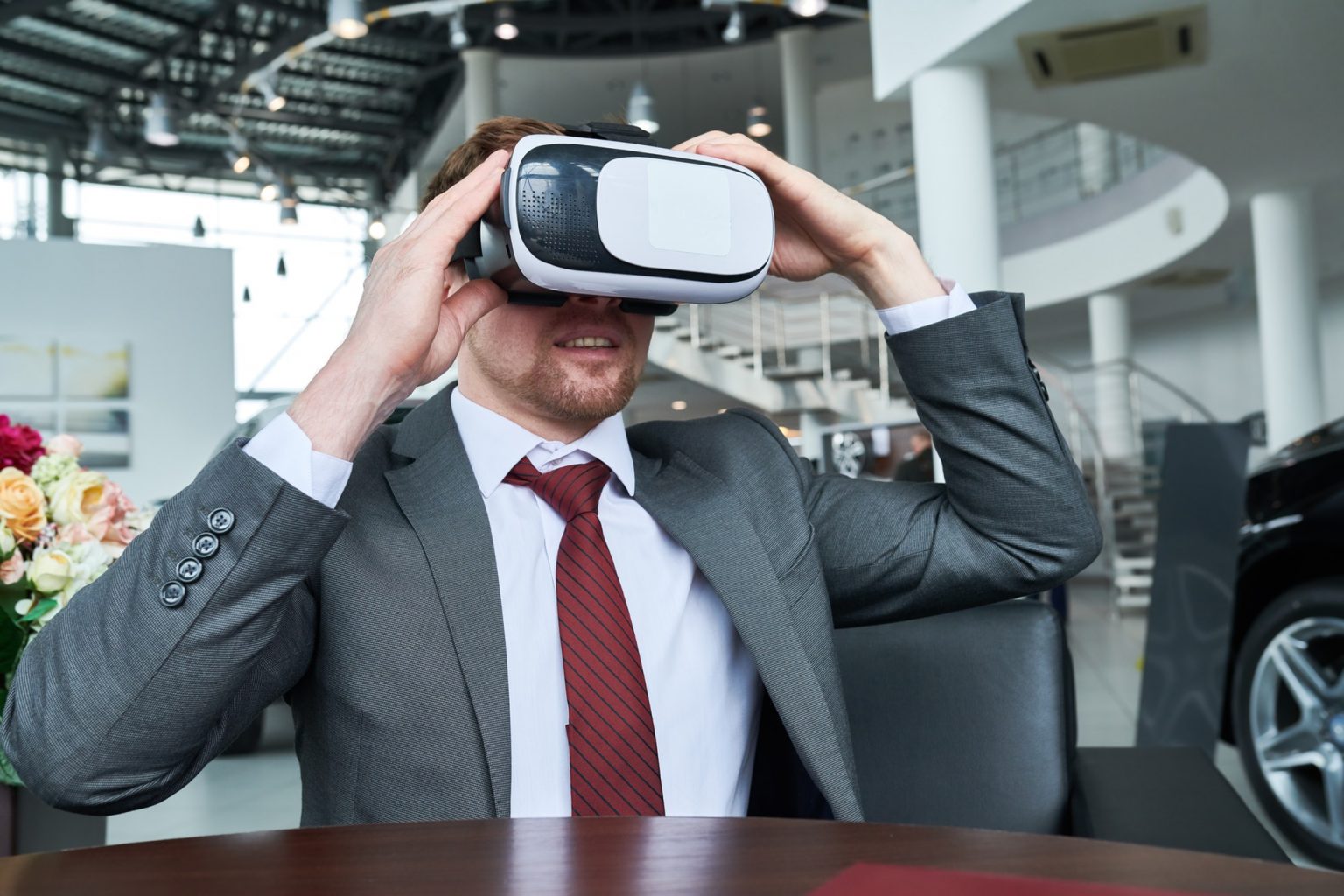In early 2016, I wrote a piece for Little Black Book (LBB) looking at the technological advances that could make car showrooms obsolete. I focused on how technology was transforming the dealership experience – changing the ways people experienced and bought their latest car. Back in 2014, VR was in infancy – REWIND had just created the world’s first fully interactive VR car configurator for the launch of the Lexus NX – it was so new, we were still working on pre-release Oculus hardware! I ended the LBB piece saying: “it’s just a matter of time before creating and ordering our virtual dream car over lunchtime to have it delivered to our doorstep is the norm.”
So, in the two years since I wrote that article, how much have things really changed?
The answer is a little more difficult to define than I would like. Yes, physical showrooms are still here, but VR has had a dramatically increased presence in the marketing plans of these automotive manufacturers thanks to advancing technology. At CES 2018, BMW invited attendees to experience its new X2 crossover SUV entirely in VR, allowing people to explore the car virtually, months before it shipped to dealerships. The point of the experience? To act as a bridge between the brochure and the showroom, enabling users to get a feel for the interior of the car before a test drive. These new experiences are focused on recreating the interior of a vehicle in exquisite detail, rather than the feel of the car on the track itself – it’s a lot easier to create a nice stationary interior than it is to account for potential motion sickness.
However, the new wave is coming, and we’re ready to explore how automotive and VR can truly work together to showcase the latest and greatest innovations in each sector. Recently, we worked with Roborace to create a VR solution for the first-ever fully autonomous hillclimb at Goodwood Festival of Speed – it blew people away. We designed a custom-built, fully immersive VR experience, allowing visitors to the festival to experience the hillclimb from the AI-driven Robocar’s point of view. More than just a digital recreation of an interior, we took telemetry data directly from the Robocar, paired it with 360º footage we captured from a bespoke rig, and linked it all into an epic motion simulator. The result was a true combination of automotive innovation and bleeding-edge VR, an experience designed to let people experience history in the making.
Imagine this kind of technology in a showroom – a single motion rig with a car seat inside, and a headset. You swap out the chair for the appropriate model variant, strap the user in, put on the headset and they see the interior of the car they want to try out. They can reach out, touch it, get a feel for the space inside the vehicle, and then take it for a virtual spin, as the motion simulator accurately recreates the vehicle’s movements in a variety of locations. That, to me, feels like the future – innovation packed into a small space which could be anywhere, rather than in an out-of-town showroom – with technology driving the entire experience, from beginning to end.
While Robocar and Roborace are geared more towards sports, self-driving cars and VR are a natural pairing. Recently, video game publisher Ubisoft revealed a virtual reality experience designed specifically for Renault’s latest autonomous vehicle. The car itself comes equipped with ‘mind-off’ technology, which means the car is designed to give the rider peace of mind. According to the manufacturer, this means ‘the ability to ensure safety in the event of an exceptional incident in its environment.’
While self-driving cars don’t fully have the public’s trust yet, they’re going to get there eventually, and VR can feed into the experience in a way that most other devices cannot. In Ubisoft and Renault’s case, this pairing utilises data from the car’s sensors to show the rider a virtual representation of the road and objects near you – giving reality an exciting and engaging makeover!
This isn’t necessarily the only benefit of having VR in a car though – a recent patent from Apple has the company looking for ways to fight in-car nausea through the medium. The patent itself focused on VR looking for signs of motion sickness and then attempting to combat it. It’s all about sensory conflict – if your eyes don’t think you’re moving, but your inner ear senses that you are, then that’s when the sickness starts to arrive. Apple is then proposing utilising VR to extend the rider’s workspace – having material appear as a part of the environment, “so that the virtual content appears as a distant object stabilised”, with “visual cues of the real environment … moving in the field of view of the passenger.” Imagine a future where you don’t get carsick anymore – your car knows how best to stop that from happening, and you can just relax and continue whatever you were doing before you entered the vehicle or even start what you’re supposed to be doing at your destination.
In 2016, I hypothesised that VR could lead to physical showrooms disappearing and I still firmly believe that to be the case, but it’s going to take time for the automotive industries to figure out what’s going to replace them. Will it be motion rigs and headsets? In-home experiences? AR apps where you walk around the car? A mixed reality application giving you the showroom experience from your sofa? There are more opportunities than ever for VR to fit into the automotive industries, at REWIND we are excited about the journey we’re taking with some of the world’s most innovative automotive brands.




